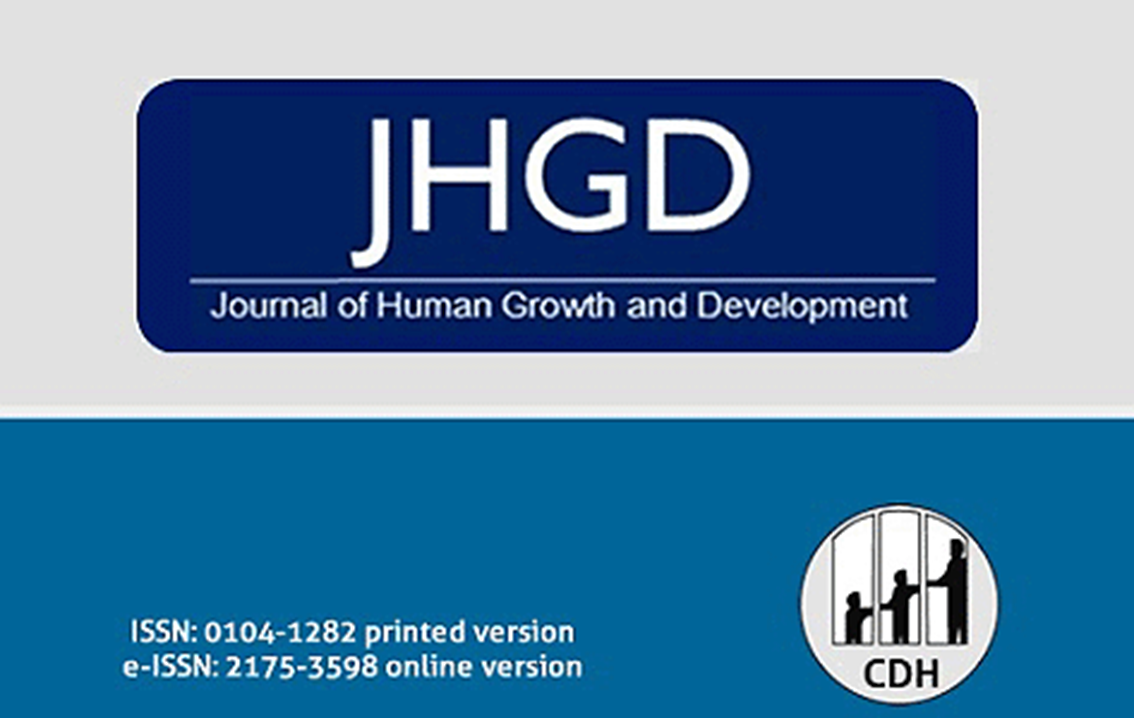Implementation of risk stratification for the care of glaucoma patients during the resumption of in-person care during the COVID-19 pandemic – a preliminary study.
DOI:
https://doi.org/10.36311/jhgd.v33.14480Keywords:
Glaucoma, , blindness, COVID-19, pandemicAbstract
Introduction: the COVID-19 pandemic sparked a serious health crisis in which non-essential medical services were suspended, with the management of serious diseases not related to the pandemic, including glaucoma, becoming secondary in importance. With the flexibilization of social isolation measures, resuming outpatient care was necessary, respecting the health equity provided by the Brazilian Unified Health System.
Objective: to describe a risk classification of glaucoma progression based on clinical ophthalmology criteria during the COVID-19 pandemic.
Methods: observational study of an administrative nature. A review was carried out of the medical records of patients who had scheduled appointments between March and September of 2020 in the glaucoma sector of the FMABC University Center’s Department of Ophthalmology. A total of 489 medical records (881 eyes) were reviewed, and patients were divided into 4 groups according to the risk of glaucoma progression. Eyes were evaluated for visual acuity (VA), optic disc cup, pachymetry, intraocular pressure (IOP), mean number of eyes drop medications used, and global visual field indexes.
Results: groups were homogeneous in terms of age (mean 67.04 ± 11.72 years) and sex (55.5% women and 44.5% men). Primary open-angle glaucoma was the most prevalent etiology, present in 45.2% of patients, followed by primary angle-closure glaucoma in 15.7%. The groups were compared with each other, and a statistical difference (p<0.005) was found in 04 of the 08 aspects analyzed: VA, optic disc cup, IOP and mean number of eyes drop medications used.
Conclusion: the risk classification for progression proposed in this study was easily applied and aided managers in prioritizing the most serious care during the COVID-19 pandemic.
Downloads
References
Ribeiro LMG, et al. “Clinical and epidemiological study in patients with primary open-angle glaucoma.”Revista Brasileira de Oftalmologia” 77.1 (2018): 9-13.
Kapetanakis VV., et al. “Global variations and time trends in the prevalence of primary open angle glaucoma (POAG): a systematic review and meta-analysis. “British Journal of Ophthalmology” 100.1 (2016): 86-93.
Quaranta L, et al. “Quality of life in glaucoma: a review of the literature. “Advances in therapy” 33.6 (2016): 959-981.
Susanna JR. Simplificando o diagnóstico e tratamento do glaucoma. 1ª edição. Rio de Janeiro: Cultura Médica, c2019.
Brusini P, Chris AJ. “Staging functional damage in glaucoma: review of different classification methods.”Survey of ophthalmology” 52.2 (2007): 156-179.
Bedford J, et al. “COVID-19: towards controlling of a pandemic. “The Lancet” 395.10229 (2020): 1015-1018.
Aquino EML, et al. “Medidas de distanciamento social no controle da pandemia de COVID-19: potenciais impactos e desafios no Brasil.”Ciência & Saúde Coletiva” 25 9020): 2423-2446.
Sen-Crowe B, Mark MK and Adel E. “Social distancing during the COVID-19 pandemic: Staying home save lives. “The American journal of emergency medicine” (2020).
Lana RM et al. “Emergência do novo coronavírus (SARS-CoV-2) e o papel de uma vigilância nacional em saúde oportuna e efetiva.”Cadernos de Saúde Pública” 36 (2020): e00019620.
Zangirolami JR, Echeimberg J and Leone C. “Research methodology topics: Cross-sectional studies”. Journal of Human Growth and Development. (2018); 28(3): 356-360. DOI: http://dx.doi.org/10.7322/jhgd.152198
Wu Z and Jennifer MM. “Characteristics of and important lessons from the coronavirus disease 2019 (COVID-19) outbreak in China: summary of a report of 72 314 cases from the Chinese Center for Disease Control and Prevention.”Jama” 323.13 (2020): 1239-1242.
Wickham L, et al. “The impact of COVID policies on acute ophthalmology services - experiences from Moorfields Eye Hospital NHS Foundation Trust.”Eye” (2020): 1-4.
Tapper EB and Sumeet KA. “COVID-19 pandemic will have a long-lasting impact on the quality of cirrhosis care.”Journal of hepatology” (2020).
Natário A; Veiga GLV et al. ‘The influence of social isolation on the incidence of positivity in COVID-19 tests in a metropolitan region of São Paulo, Brazil’. J Hum Growth Dev. (2021); 31(3):480-487. DOI: 10.36311/jhgd.v31.12656
Holland LJ, Kirwan JF, Mercieca KJ. “Effect of COVID-19 pandemic on glaucoma surgical practices in the UK”. Br J Ophthalmol. (2022); 106(10): 1406-1410.
Lim MA et al. “A wave of non-communicable diseases following the COVID-19 pandemic.” Diabetes & Metabolic Syndrome 14.5 (2020): 979.
Bommakanti NK et al. “Application of the sight outcomes research collaborative ophthalmology data repository for triaging patients with glaucoma and clinic appointments during pandemics such as COVID-19.” JAMA ophthalmology 138.9 (2020): 974-980.
Mills R P., et al. “Categorizing the stage of glaucoma from pre-diagnosis to end-stage disease.”American journal of ophthalmology 141.1 (2006): 24-30.
Downloads
Published
Issue
Section
License
Copyright (c) 2023 Carbajo CN, Veiga GL, Mota RT, Fonseca FLA, Lima VL

This work is licensed under a Creative Commons Attribution 4.0 International License.






